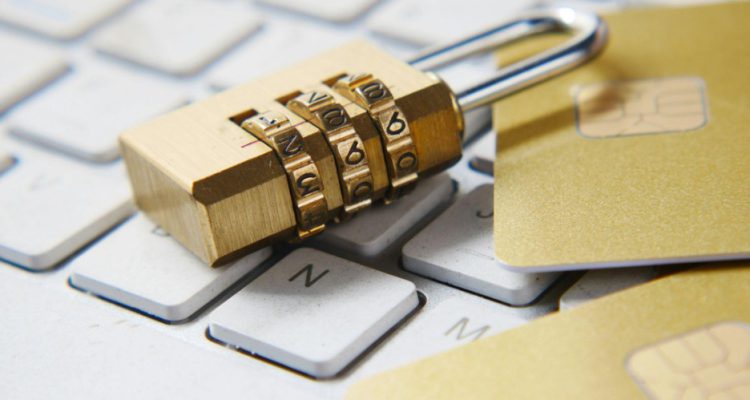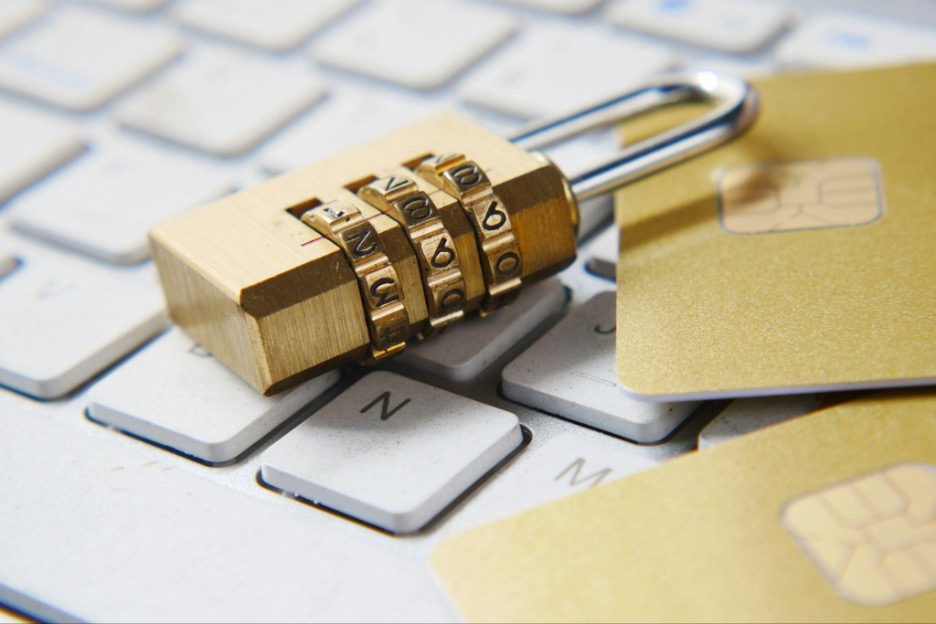
As digital platforms take on more critical roles in finance, entertainment, communication, and identity, trust has become a central challenge. Users need to know that systems behave fairly, data is protected, and outcomes are verifiable — especially in spaces where transactions, rewards, or personal information are involved. Over the past decade, technologies like encryption and blockchain have moved from backend tools to front-and-center features of user trust. Below are seven key ways these technologies are reshaping the digital experience — beginning with how even a popular slot game like Big Bass Splash reflects broader advances in transparency and fairness.
1. RNG Fairness and Player Confidence: The Case of Big Bass Splash
Big Bass Splash, available on Lottoland, stands out not only for its popular theme and engaging mechanics but also for the way it demonstrates fairness through technology. Like other regulated games on the platform, it operates using certified cryptographic Random Number Generators (RNGs) — systems that ensure each spin is truly random, independent, and immune to manipulation.
Lottoland, holding multiple international licenses, adheres to strict compliance standards that require third-party auditing of all games. This kind of oversight provides players with confidence that outcomes are not only fair but also transparent. As users become increasingly tech-aware, trust in digital randomness and verified fairness is no longer taken for granted — it’s a prerequisite, and games like Big Bass Splash exemplify this shift.
2. End-to-End Encryption as Standard Practice
End-to-end encryption (E2EE) is no longer optional — it’s expected. From messaging apps like Signal to cloud storage and online banking, E2EE ensures that only the intended recipient can access data, even if intercepted in transit. This has become vital for privacy, especially as users grow more concerned about surveillance, data leaks, and third-party access.
By encrypting data on the user’s device and decrypting it only on the destination device, platforms remove themselves from the visibility loop, increasing user confidence. This technology is also key in securing transactions, communications, and authentication processes in digital services.
3. Blockchain for Auditability and Tamper-Proof Records
Blockchain’s greatest value lies in its immutability. Once data is written to a blockchain ledger, it cannot be altered without consensus — making it ideal for applications that require transparency and permanent records. In sectors like supply chain, digital identity, finance, and even voting, blockchain ensures every transaction or change is time-stamped and traceable.
For users, this creates a new kind of trust: not just in the provider, but in the code itself. Smart contracts — self-executing pieces of blockchain code — have opened up new models for decentralized governance, automated payouts, and trustless interactions.
4. Zero-Knowledge Proofs and Privacy Without Exposure
Emerging cryptographic techniques like zero-knowledge proofs (ZKPs) allow a party to prove a statement is true without revealing the underlying data. This innovation enables identity verification, eligibility checks, or financial validations without sharing sensitive information.
ZKPs are already being explored in blockchain-based identity systems, secure logins, and anonymous transactions. They help balance the tension between privacy and proof — two often competing demands in digital trust.
5. Two-Factor and Biometric Authentication
Authentication has evolved beyond passwords. Two-factor authentication (2FA), facial recognition, fingerprint scans, and voice biometrics have all added layers of security that confirm not just what you know, but who you are.
These technologies protect against impersonation, phishing, and brute-force attacks, significantly raising the security baseline for apps and services. With increasing adoption in consumer platforms — from online wallets to productivity apps — users are now more aware of and comfortable with these additional steps as part of their digital trust toolkit.
6. Open Source and Code Transparency Movements
Trust isn’t just about encryption or architecture — it’s about visibility. Open-source projects allow users, auditors, and researchers to inspect code directly, increasing accountability and reducing the risk of hidden vulnerabilities or backdoors.
From browsers like Firefox to encryption libraries like OpenSSL and blockchain protocols like Ethereum, open-source codebases allow public scrutiny and collective maintenance. This culture of transparency is crucial for earning long-term trust, particularly in communities that value autonomy and self-verification.
7. User Education and Trust Interfaces
Even the most secure systems are only effective if users understand how they work. That’s why platforms now invest heavily in “trust interfaces” — dashboards, badges, audit trails, and consent prompts that clearly communicate what’s happening behind the scenes.
Whether it’s a verified lock icon, a blockchain explorer, or a data permission toggle, these visual cues help demystify complex systems and give users more agency. Good design not only secures the platform but educates the user — reinforcing a sense of control and transparency.
